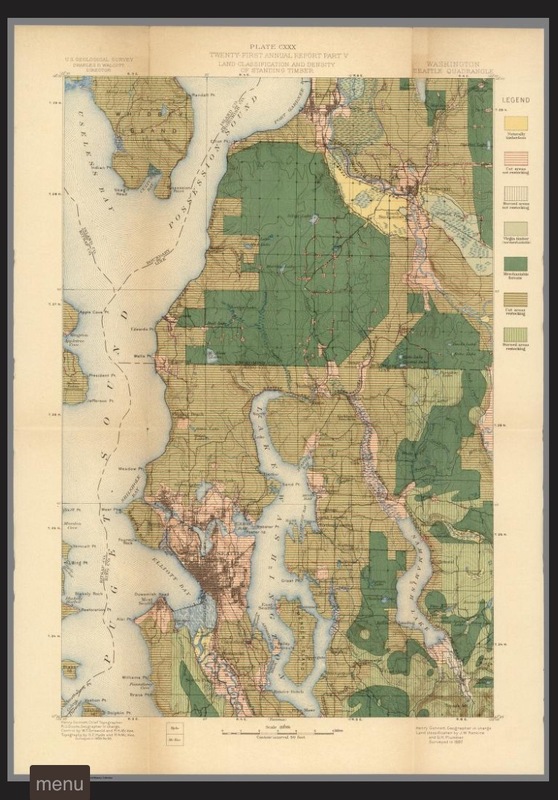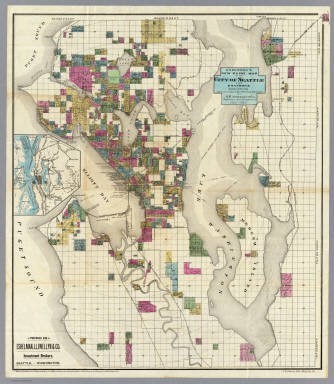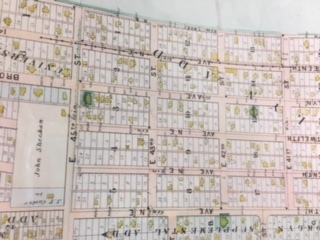Site Report 3

Map of Seattle, 1900. From University of Washington Library, Special Collections.

Map of Seattle 1890. From University of Washington Library, Special Collections

Real Estate Atlas Map of University District, 1905. From University of Washington Library, Special Collections.
Audio that goes along with script for site report #3, by Lauren Fielder, recorded 03-15-2017.
Before settlers moved in towards the late 19th century, Native Americans use to live in the area. They lived in villages and had trails connecting to others. Some believe some of these trails still exist today in nearby parks. The settlers moved into the rural area, and what followed next was the emergence of small farms and dairies; nature provided the woods.
In the 20th century, the scenery consisted of a lot of tall treees. Most of the area was forested. With about 35,000 residents, the area faced transportation issues which improved drastically with logs being added to the ground. This made the streetcar move with more ease, even though it only ran about once every 45 minutes. Alfred Fenton Nichols built "A.F Nichols BLK", the first concrete building in the area in 1907. Other concrete buildings in the area started to emerge as well. A theater took place upstairs in Nichols Block while other business' in the area such as a dance studio, post office, and more were located on the block too.
Towards the end of the 19th century, UW was moved to the U District and the only access to campus came from University Way NE. In the 20th century with the expanison of the University also came more and more students moving to the area. What was once originally occupied mostly by older professionals with well established jobs, making moves in their career, was slowly but surely changing into an area dominated by students.
In today's century, Nichol's block still exists with the orignal bricks still there today. The area has changed a lot over the years. More entrances to the campus have been added as well as more housing for students, like the Standford Apartments, to accommodate the housing demand. The land has changed the most over time. Before people could not drive street cars because the growund was too uneven, and now people pay to park their car on the street or in private lots. People also mostly see students living in this area in their late teens or early twenties, compared to before when people would see older profejssionals' in their thirties with jobs and careers already established.